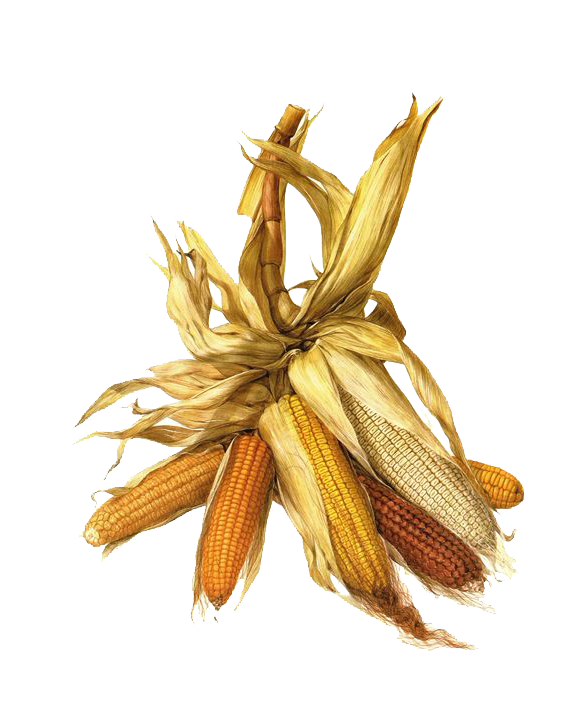A salute to summer’s golden kernel

I’ve always thought that corn tastes best with copious amounts of mayonnaise. That was – until I moved to Japan. When corn, known locally as tomorokoshi, season hit full swing in summer, I discovered crisp corn croquettes, chilled corn potage, salty corn-kernel tempura, and the most classic of all – a grilled cob doused in butter and soy sauce.
Never, though, had I thought to eat raw corn. Yet this is the consumption of choice of two corn farmers I met from Nagano prefecture, Tomohiro Nakayama from MomoG Farm and Toshio Gomi from Gomi Farm. They swear by eating it raw, within three days of being picked – “anything longer than this and you won’t get the taste intended by nature,” says Gomi.
It’s thought that corn originated in Mexico around 7000 years ago, making its way to southern Japan in the 16th century via the Portuguese. This corn was a hard flint variety, used predominantly for animal feed, and was not spectacularly tasty. It wasn’t until the Meiji era (1868-1912) that larger, sweeter edible corn landed in Hokkaido from America.
The introduction was welcomed by a region too cold for rice-growing, which even developed a unique regional variety, hachigyo. Hachigyo, ‘eight-rowed corn,’ has a rich aroma and is less sweet than other edible varieties, and is named for its scant eight rows – corn usually has 16, but always an even number. Today, around 40% of the domestic production of edible corn comes from Hokkaido.
Throughout the successive Taisho and Showa eras, a new host of bigger, sweeter, and easier-to-grow corn varieties with hip, modern names like ‘Sunny chocolate’ and ‘Lucy 90’ made their way to Japan, landing in Hokkaido and moving down the country, and, alas, hachigyo fell out of favor.
The local preference for large, sweet picture-perfect corn, in addition to the usual farming challenges of resilience and productivity, led to heavy use of chemical-based pesticides and fertilizers.
“Corn is usually grown with lots of chemicals and fertilizers in Japan, to keep it bigger and looking great, away from being eaten by worms,” says Nakayama.
But Nakayama and Gomi are part of a trend to reject this. Gomi’s farm is located high on a mountain, where, he says, the temperature difference between day and night makes his corn much sweeter. “I improve soil quality to improve my corn, using compost from leftover vegetables and wheat as a fertilizer.” If necessary, he uses a biopesticide, a pesticide derived from only natural sources.
Nakayama grows his corn ‘under the rule of nature,’ so uses no pesticides or fertilizers, and believes that the key is ‘a balanced ecosystem where microbes, bugs, and worms eat each other.’
Both farmers are also educating consumers that the largest doesn’t necessarily indicate the sweetest. Gomi loves seeing the ‘surprised faces of his customers when they taste his corn.’ Although small, it’s very sweet.
And Nakayama and Gomi are not alone. There is a trend afoot in Japan, a so-called ‘I-turn’ – a permanent turning to the countryside – where younger generations are leaving big cities for farm life; a fresh-faced, environmentally-aware generation. Can they help fuel an organic corn industry, revive the heritage hachigyo species, and influence consumer perceptions of perfect corn? I, for one, will support anything that results in a more naturally delicious vessel for my mayonnaise.

